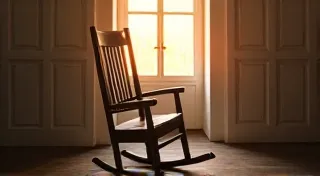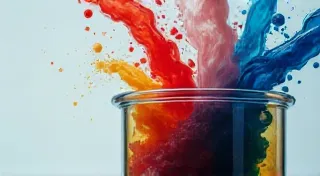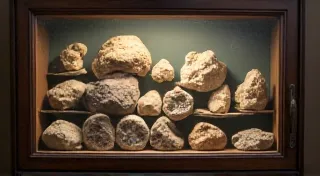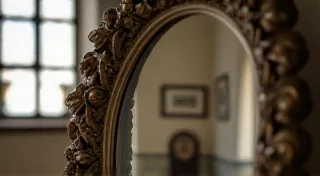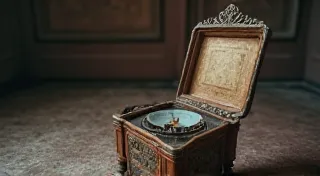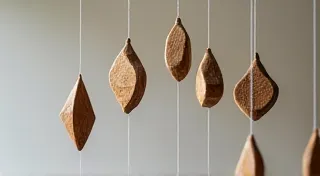Ephemeral Echoes: The Art of Recreating Vintage Bookmark Designs
There’s a certain magic that clings to old things, a whisper of the lives they’ve touched, the moments they’ve witnessed. For collectors of vintage bookmarks, that magic is tangible, held within delicate paper, faded inks, and the faint scent of aged parchment. It’s more than just a piece of paper; it’s a portal, a tiny window into a past brimming with artistry and sentimentality. This isn't merely about owning a relic; it's about understanding, appreciating, and even *recreating* those echoes of a bygone era.
I remember finding my first truly captivating vintage bookmark at a dusty antique market in rural Vermont. It was a simple thing – a cream-colored cardstock with an embossed floral design and the name "Elsie" delicately printed in a script font. It was attached to a silk ribbon, frayed at the edges but retaining a captivating shimmer. It wasn’t particularly valuable, but it felt significant. It felt like holding a secret, a connection to Elsie, the person who once cherished that bookmark, marking her place in a beloved book.
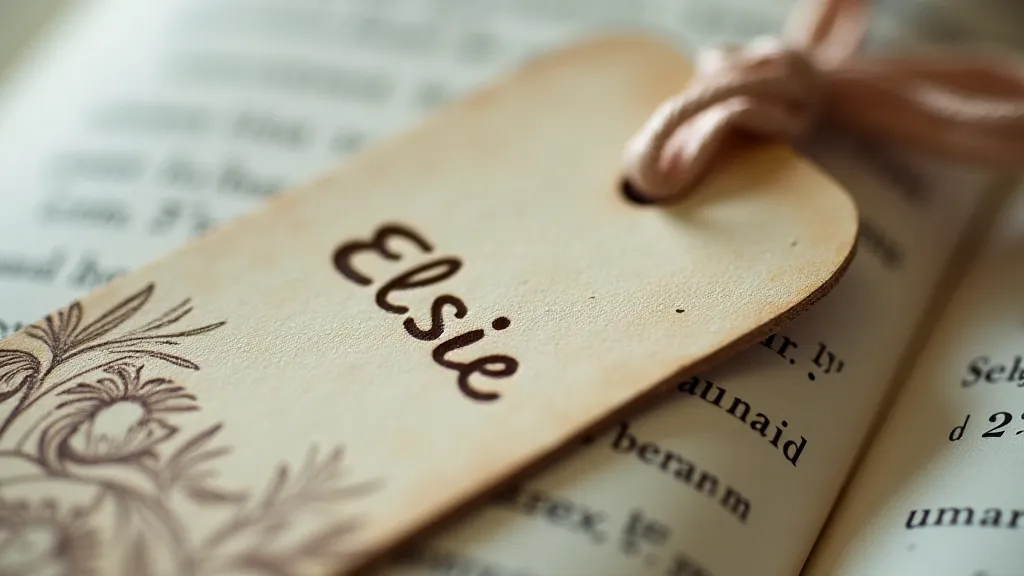
A Glimpse into History: Bookmarks Through the Ages
Bookmarks haven't always been the charming, decorative objects we know today. In ancient times, readers used anything and everything to preserve their place – pressed flowers, scraps of leather, even strips of cloth. The first true bookmarks, as we recognize them, began appearing in Europe during the medieval period, often hand-illuminated and intricately designed, reflecting the artistry of the era. Wealthy individuals commissioned bespoke bookmarks, incorporating heraldic symbols and personalized motifs.
The Victorian era saw a boom in bookmark production. The rise of mass-produced paper and printing techniques made bookmarks accessible to a wider audience. These bookmarks were often giveaways with books, promotional items for businesses, or cherished keepsakes. The materials ranged from simple cardstock to elaborate silk ribbons and embossed metal. The designs mirrored the aesthetic trends of the time – romantic florals, ornate borders, and sentimental verses became popular motifs. The rise of the penny press fueled this; a bookmark was a cheap, effective way to advertise a publication. Many incorporated elements of pressed flowers, further emphasizing the romantic and sentimental nature of the era.
The Craftsmanship of Eras Past
What truly sets vintage bookmarks apart is the craftsmanship. Modern production often prioritizes speed and efficiency, resulting in a certain sameness. But the vintage bookmarks – especially those from the late 19th and early 20th centuries – exhibit a level of care and attention to detail that is rarely seen today. Consider the intricate embossing techniques used to create three-dimensional designs. Think of the hand-lettering, the perfect curves and flourishes of the typography. The color palettes, often muted and sophisticated, conveyed a sense of elegance and refinement. The artistry wasn't limited to the printed design; the choice of materials elevated the piece as well.
The choice of materials also contributed to the unique character of these bookmarks. Fine linen, delicate tissue paper, and richly textured cardstock were common. Silk ribbons, often dyed in vibrant hues, were frequently attached, adding a touch of luxury. Many bookmarks also incorporated elements of ephemera, such as pressed flowers, dried leaves, or small, hand-written notes. This careful selection of materials speaks to a dedication to quality that is increasingly rare in our age of mass production. It begs the question: can we recapture that level of detail and artistry in our own creative endeavors?
Reinterpreting the Past: Modern Creative Expression
The beauty of vintage bookmarks isn’t just in their preservation; it’s in their ability to inspire. Recreating vintage bookmark designs, or interpreting them through modern creative expression, is a wonderful way to connect with the artistry of the past while adding your own unique voice. For those interested in further exploring this concept, understanding the relationship between bookmarks and the marginalia they often accompany is a rewarding pursuit – a deeper dive into the practice of combining bookmarks and marginalia.
This doesn’t necessarily mean perfectly replicating a vintage design. It’s about capturing the *essence* of that era, the feeling of elegance and sentimentality, and translating it into something new. Perhaps you could experiment with modern printing techniques to recreate the look of embossed lettering. You might try combining vintage-inspired motifs with contemporary color palettes. Maybe you’d incorporate mixed media – adding watercolor washes, collage elements, or even small, hand-stitched details. The possibilities are endless, limited only by your imagination and willingness to experiment.
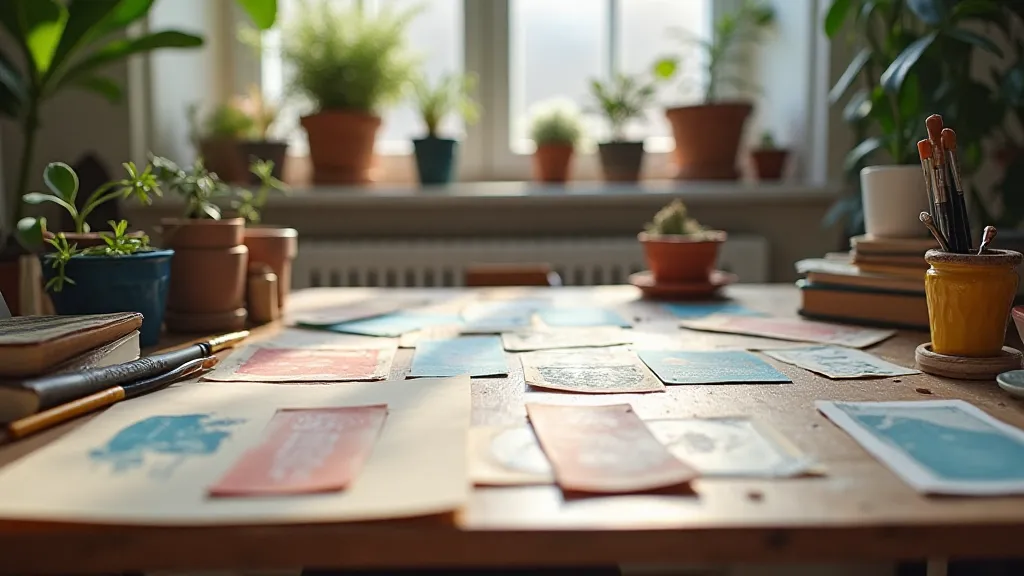
One approach I've explored is creating digital versions of vintage bookmark designs, then using those as templates for handmade paper cuttings. The digital process allows for precision and experimentation, while the handmade element adds a tactile quality that is lost in mass production. The result is a hybrid – a bridge between the past and the present. It’s also fascinating to consider how, much like a cartographer charting a new territory, a reader can use bookmarks to chart their literary journeys – a concept explored in more depth at The Cartographer's Ink: Using Bookmarks to Chart Literary Journeys.
Collecting and Caring for Vintage Treasures
For those drawn to collecting vintage bookmarks, preservation is key. Direct sunlight can fade inks and weaken paper, so store your collection in a dark, cool place. Acid-free sleeves and archival boxes are essential for protecting delicate bookmarks from damage. Handle them with clean hands, avoiding oils and moisture.
Restoration, however, can be a delicate matter. While a gentle cleaning with a soft brush can remove surface dust, attempting to repair tears or faded inks can often do more harm than good. When in doubt, consult with a professional paper conservator. It’s worth remembering that the beauty of a vintage bookmark often lies not just in its design, but also in its history and the stories it holds - like those captured in the delicate art of The Alchemist’s Touch: Transforming Ordinary Paper into Bookmark Art.
Beyond the tangible objects, collecting vintage bookmarks is about collecting stories. Each bookmark has a history, a narrative waiting to be uncovered. It’s about appreciating the artistry of the past and cherishing the connection to those who came before us.
The Echoes Continue
The practice of marking a page in a book is an enduring one, a testament to our desire to return to stories that move us. Vintage bookmarks offer a tangible link to this tradition, a reminder of the beauty and sentimentality that can be found in the simplest of objects. Whether you're a collector, a crafter, or simply an admirer of beautiful things, embracing the world of vintage bookmarks is a journey into a captivating corner of history.
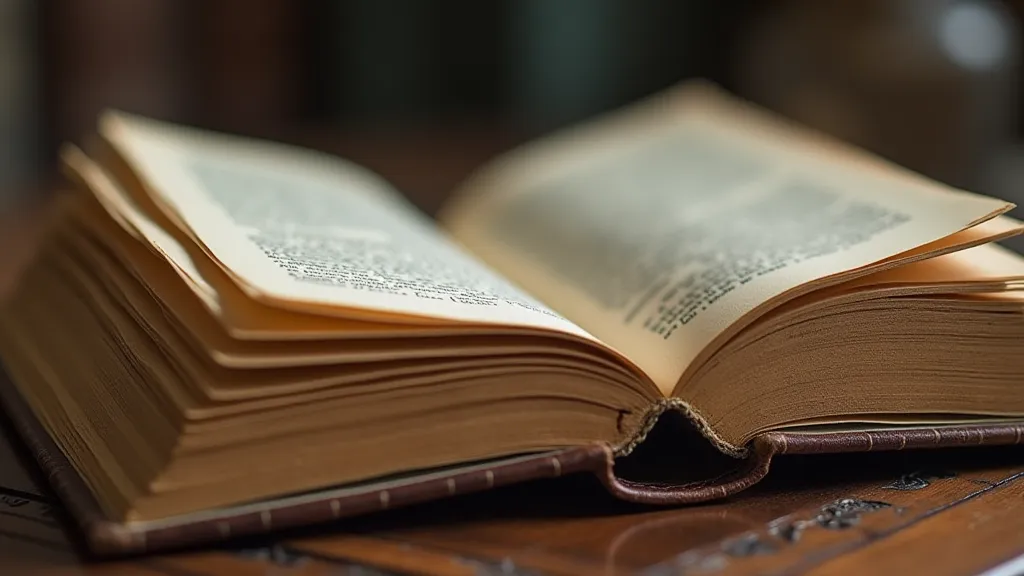
Let the echoes of the past inspire your own creative endeavors, and let the beauty of vintage bookmarks continue to enrich your life. Remembering that the creation of these objects, seemingly so small, requires an almost alchemic touch to transform ordinary paper into works of art is a testament to the enduring power of human creativity.
